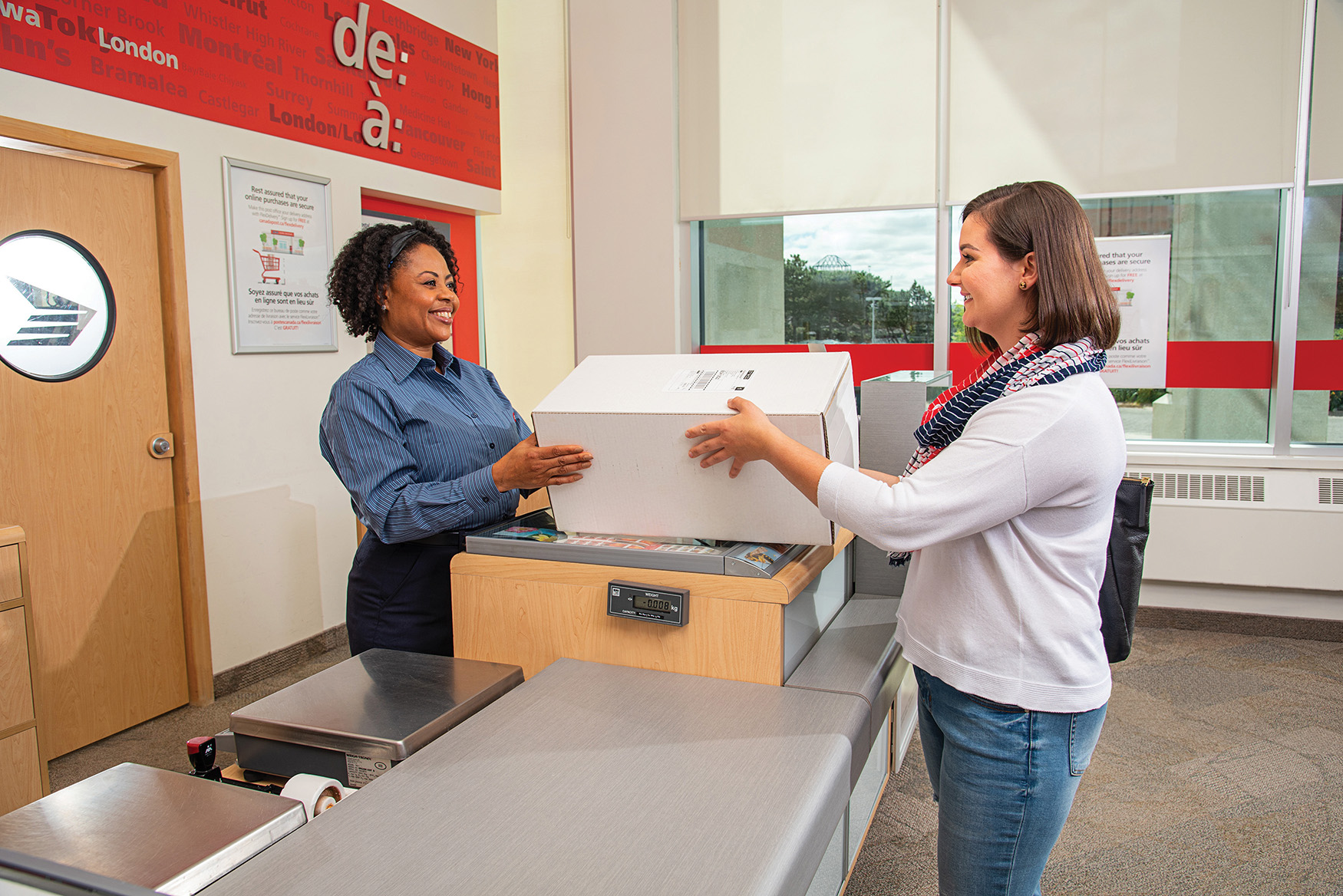Jeff Willbond, Canada Post’s Director of Accessibility talks with Abilities magazine about his role as a change agent.

(CAF) When we think of Canada Post, many of us fall back on the stereotypical post office building in our community and the mail delivery agent who brings the post to our homes. Can you tell us about Canada Post today?
(JW) Canada Post is a commercial Crown corporation whose mandate centres on providing high quality, affordable postal services to all Canadians from coast to coast to coast—almost 16.5 million residential and business addresses. In addition to its vast delivery reach, its retail network is one of the largest in Canada, with more than 6,100 retail post offices.
(CAF) What do you bring to your new role?
(JW) I was very pleased to join Canada Post Corporation (CPC) in December 2018, as I see myself as a change agent and a community developer who will be able to make a difference in many areas of the organization. My new position is giving me the exciting opportunity to lead change in the diversity and inclusion space that builds on my 25 years of experience in a combination of public policy, community development, communications and strategic management and social development.
(CAF) What does accessibility mean in a CPC context?
(JW) For me, accessibility is the design of products, policies, services and all the environments we operate in to meet the needs of every Canadian. This means we need to address the potential needs of a broad range of customers and includes both our aging population and those with different disabilities, from physical and sensory to non-visible limitations (neurodiversity, mental illness, cognitive and intellectual).
At Canada Post, improving our “accessibility” is a natural extension of who we are and what we do. As a Crown corporation that touches every Canadian, Canada Post must strive to provide a more accessible and inclusive environment for both its customers and employees. We employ 60,000 Canadians and operate from coast to coast. Beyond a doubt, we are expected to be able to meet the needs and connect millions of Canadians.
(CAF) What is CPC’s focus now and in the future when it comes to accessibility?
(JW) Our leadership is on board, so Canada Post’s overall vision for accessibility is to become a leader in the space—right now it might be that we’re in the top quartile, but there’s room to grow. Our demographics are changing with an aging population and Canadians with disabilities represent over 20 per cent of those numbers. This is a large, robust audience that creates more demand for different types of customer service and more flexible programs. We’re striving to do more than just serve Canadians—we want to delight all of our customers. We know this means evolving to better meet Canadians’ needs. We have a comprehensive multi-year strategy that was developed with input from an external advisory panel and internal stakeholders with the goal of enhancing accessibility across the company and, of course, to support the implementation of the Accessible Canada Act.
(CAF) How do you drive change?
(JW) I believe that innovation and diversity are two of the critical drivers when it comes to making changes in the disability space. We need to be willing to reinvent ourselves and to seek out and be open to feedback. That requires spending time to understand what our customers need, communicating effectively between our divisions and program managers and staying as flexible as we can. In this space, where we’re dealing with diverse audiences with a variety of needs, a top down approach just doesn’t work as well.
(CAF) Can you tell us what you’re working on?
(JW) Canadians may already begin to notice some changes. For instance, we have a Delivery Accommodation program that I think is fantastic. The program provides a number of alternative options to ensure that all Canadians can access their mail. We continue to look for ways to enhance accessibility in our post offices and have rolled out point of sale systems with accessible features.
(CAF) On the hiring side?
(JW) It seems like diversity has become a priority over the last few years, as I’m seeing the corporation actively recruiting, hiring and promoting individuals with diverse backgrounds, perspectives and abilities. There is also a solid push to continue to increase the number of opportunities available.

(CAF) What are the barriers to success in your opinion?
(JW) There’s often a stigma attached to disability or aging that we need to overcome as individuals and as a society. Collectively we need to be more open-minded and see the abilities, not the disability. With respect to the workplace, we know that becoming an employer of choice means recognizing, appreciating and leveraging diverse perspectives.
As I see it, the biggest barrier is fear: fear of change and or, failure. It takes time and effort along with a corporate and personal commitment to encourage new ideas and approaches. After all, sometimes we are adjusting processes and routines that have been in place for years. Frankly, there is a little bit of bravery and boldness needed to try different things. It takes a different mindset to listen to new people who we aren’t used to hearing from and to explore multiple approaches to solving a variety of problems.
(CAF) What role does Canada Post play in the Canadian Labour Force?
(JW) Identifying and removing employment barriers for persons with disabilities will help us better reach these communities and tap into their, expertise, abilities and lived experience. Our recruitment efforts seek to better understand, acknowledge and appreciate differences as a best approach. Bringing new talent and voices into our workforce creates a stronger Canada Post for everyone.
(CAF) Final words?
(JW) I ask that all Canadians join the very necessary conversation on accessibility and work diligently to help us meet the needs of a wider audience. Together we can work towards greater inclusion in community life, full participation in the workplaces of our nation and better quality of life and economic prosperity for everyone.














